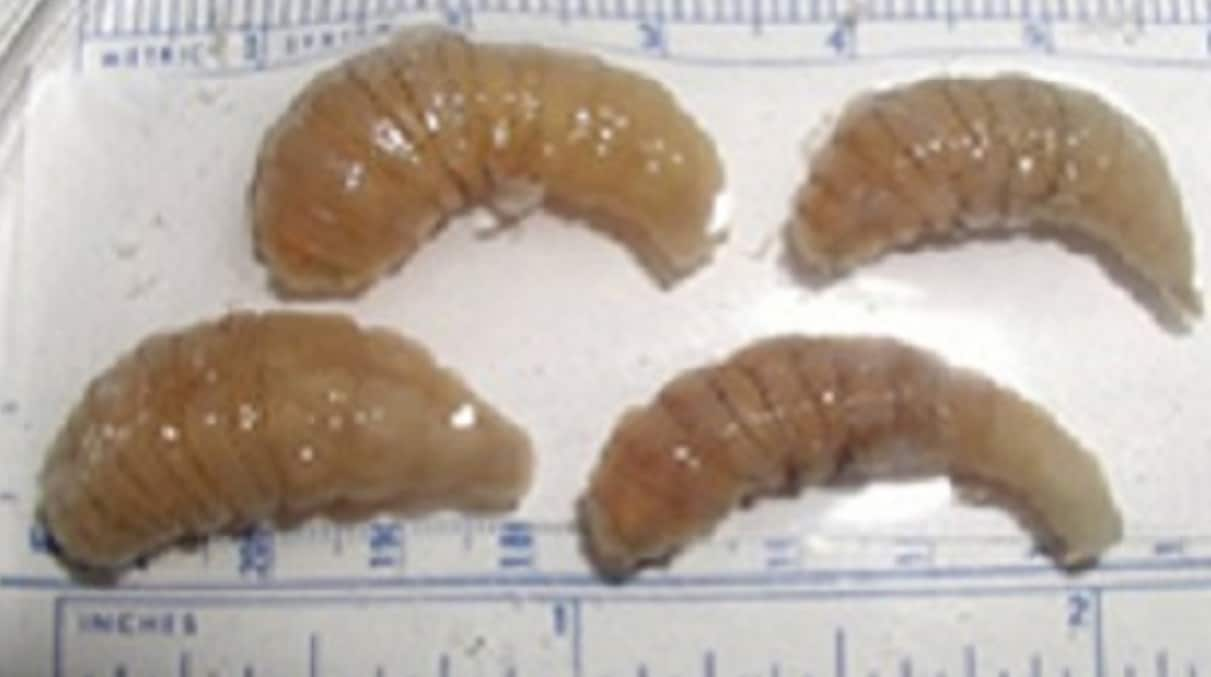Key points
- Myiasis is a parasitic infection of fly larva (maggots) in human tissue.
- A parasite is an organism (a living thing) that lives on or inside another organism.
- Myiasis typically occurs in tropical and subtropical areas.
- People who have untreated or open wounds have a higher risk for getting myiasis.

Overview
Myiasis is an infection of fly larva in human tissue.
- People who have untreated or open wounds have a higher risk for getting myiasis when living or traveling in tropical and subtropical areas, in the US and abroad.
- You cannot get myiasis from another person. Only flies, ticks, and mosquitoes spread myiasis.
Signs and symptoms
People infected with myiasis will develop a lump in their tissue as the larva grows. Larvae under the skin may move, but usually remain under the skin and do not travel throughout the body.
Risk factors
Untreated or open wounds are risk factors that make people more likely to get infected in areas where myiasis occurs.
At-risk populations
Myiasis occurs in tropical and subtropical areas, including countries in Central America, South America, Africa, and the Caribbean Islands.
Myiasis is not common in the US. Most people diagnosed with myiasis in the US were infected when traveling to tropical areas where myiasis most often occurs.
Causes
A person can get myiasis when flies transfer larvae, which can happen the following ways:
Some flies drop their eggs on or near a person's wound, sore, nose, or ears, transferring the larvae to the person's skin. Certain species' larvae will move deeper in the body and can cause severe damage.
Some flies attach their eggs to mosquitoes, other flies, or ticks. Once those insects bite, the larvae transfer to a person.
One type of fly in Africa lays its eggs on the ground or on damp cloth, such as on clothing or bed linens hanging out to dry. The larvae then hatch from the eggs, and people can get infected by touching the ground or clothes that have the fly larvae on them.
Prevention
Prevention is key to protecting yourself from myiasis. Take steps to protect yourself when visiting tropical areas and spending a lot of time outside. Take precautions against insect bites:
- Wear loose-fitting, long-sleeved shirts and pants to limit areas where you could get bitten.
- Cover open wounds.
- Use EPA-registered insect repellant.
- Treat clothing and gear with products containing 0.5% permethrin.
- Follow Travelers' Health guidelines.
